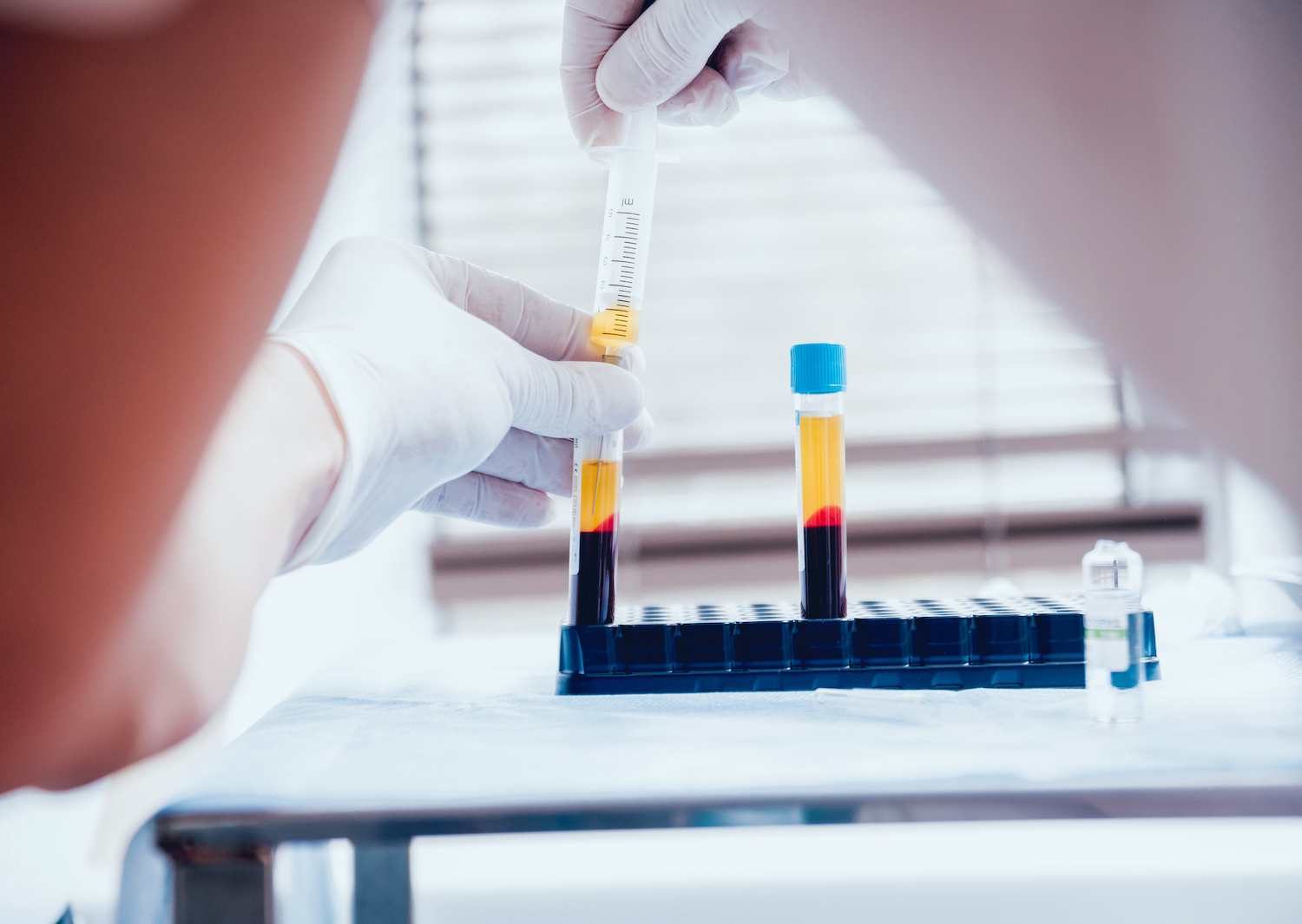Regenerative products are those that are made to regenerate or rebuild tissues, organs, and other body parts. This includes both natural and synthetic products. Regenerative products can be used for a variety of purposes, including medical treatments, prosthetic replacements, and cosmetics.Click here If you're interested in learning more about Regenerative Products.

Image Source:Google
Benefits of Regenerative Products
When people hear the term “regenerative products”, they might think of medical therapies that help injured tissues become healthier again. But regenerative products can also be found in everyday products like shampoo and toothpaste.
Regenerative products are made from natural or synthetic ingredients that help cells multiply and repair damage. They can be used to improve the appearance and function of skin, hair, nails, and even teeth.
Some benefits of using regenerative products include:
-They can help improve the appearance of skin by boosting collagen production and reducing wrinkles and age spots.
-They can help improve the appearance of hair by increasing shine, preventing breakage, and restoring damaged hair fibers.
-They can help improve the function of teeth by repairing damaged enamel and filling cavities.
-They can protect nails from splitting, yellowing, and other damage caused by UV exposure and moisture.
Conclusion
Regenerative products are a type of product that helps to restore, maintain, and improve the function of cells. They can be found in a variety of categories, such as health supplements, beauty products, and cleaning supplies.
